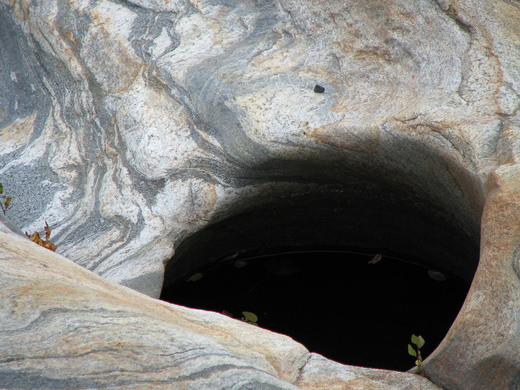I’ve hoped for another glimpse inside the minds of New York Times obituary writers. So when I heard about Vanessa Gould’s latest documentary, Obit, I rushed to see it. The film, one of the most endearing—and, perhaps surprisingly, uplifting—I’ve seen in awhile, follows the paper’s necrology department as they piece together the lives of the recently deceased: everyone from William P. Wilson, who not only negotiated the terms for the 1960 presidential debate but who also applied the makeup that gave Kennedy his “unflappably cool” look onscreen; to Betty James, the woman who thought up the name for her husband’s new toy—Slinky. The sweetest parts of the film, though, are the interviews with the writers themselves—Bruce Weber, William Grimes, and Fox, among others—all of whom take seriously the task of celebrating their subjects, breathing life and humor into their work. As Fox tells us, “Obits have next to nothing to do with death and absolutely everything to do with life.” The same is true of Gould’s remarkable film. —Caitlin Youngquist via



















